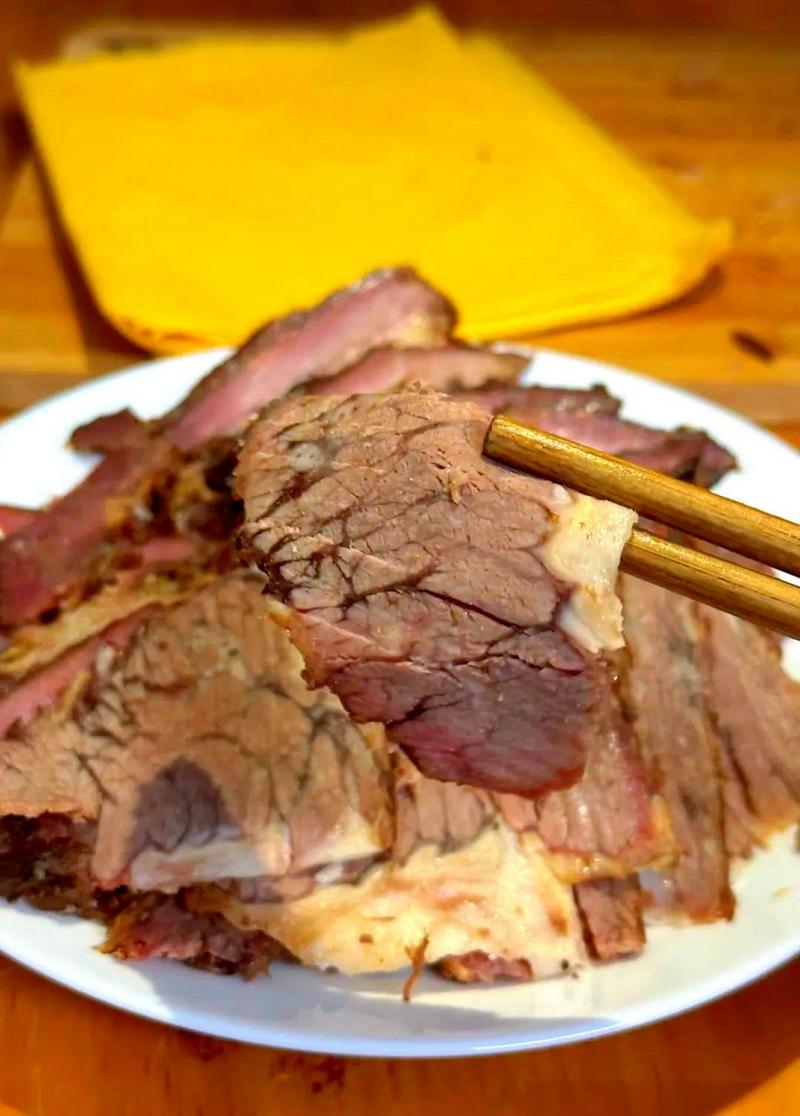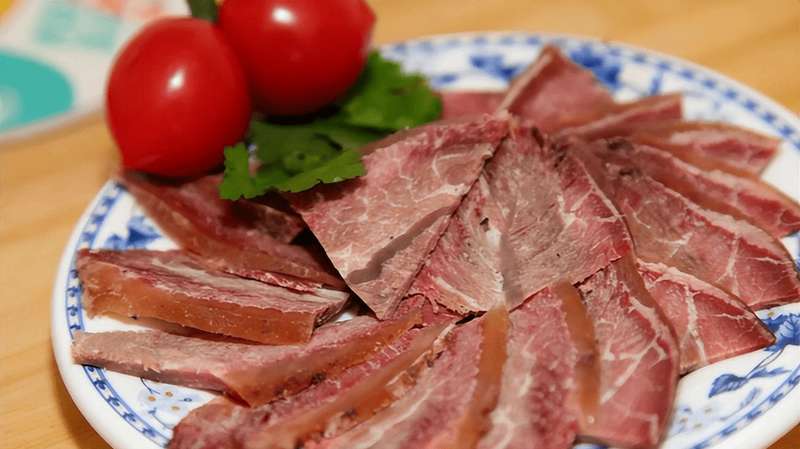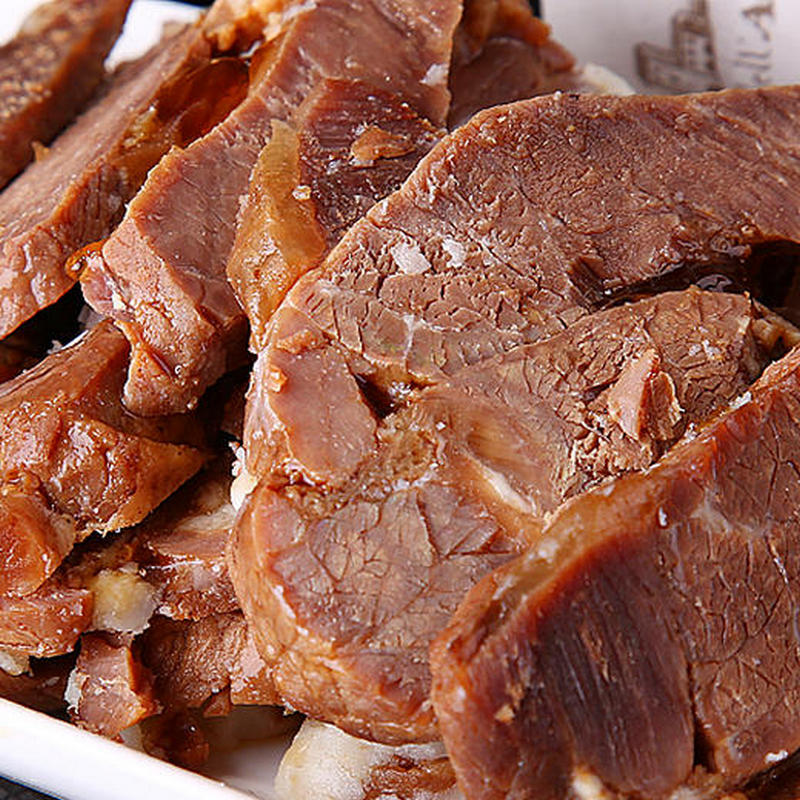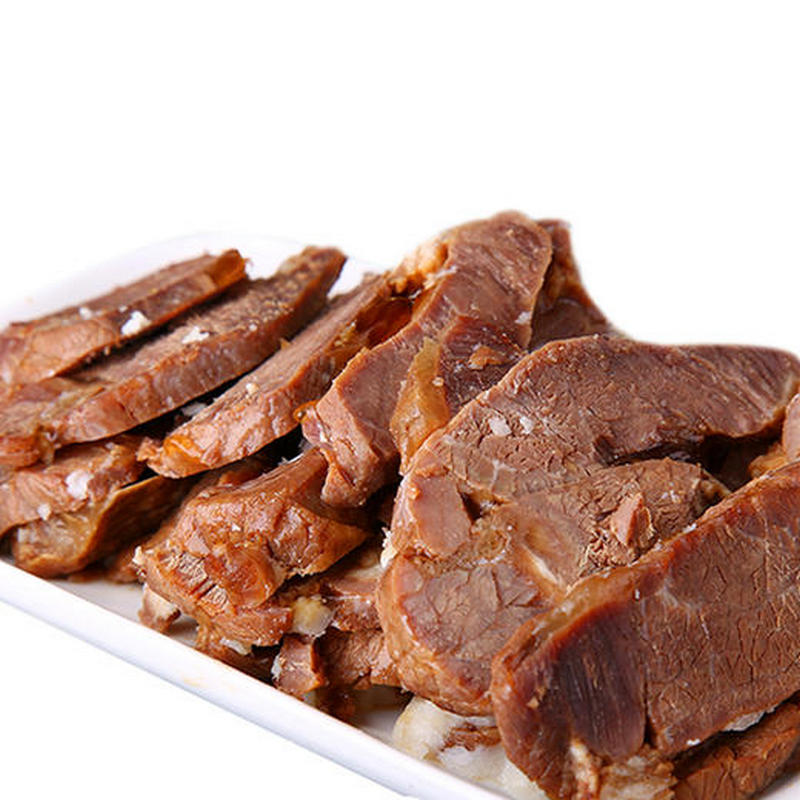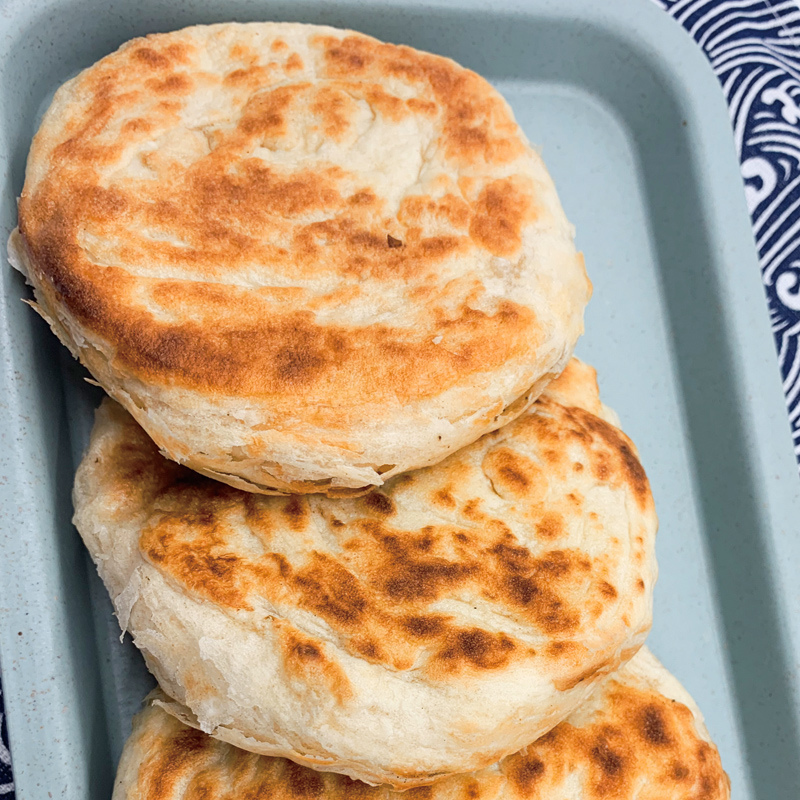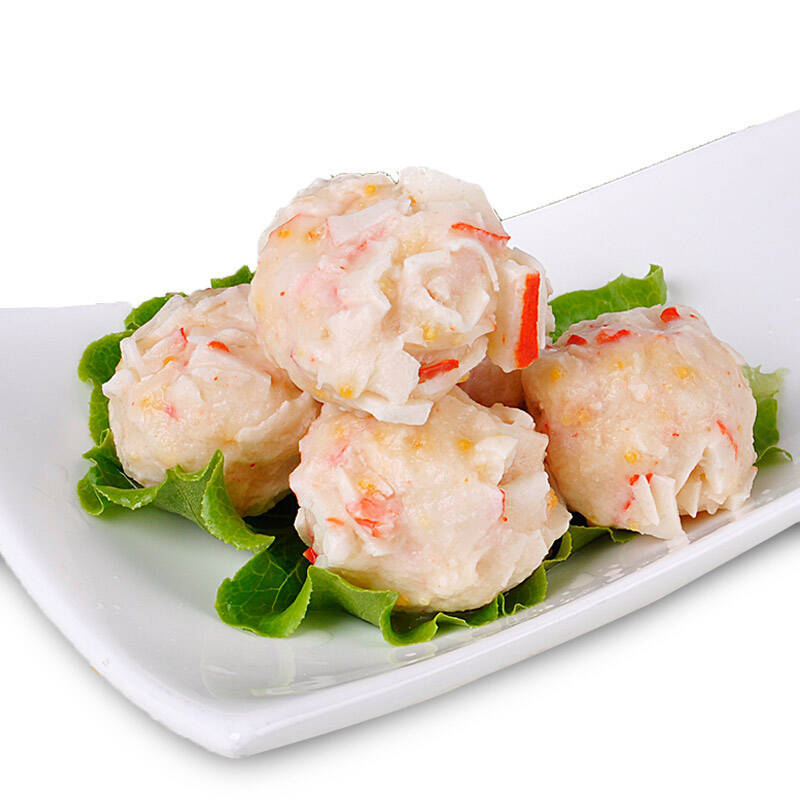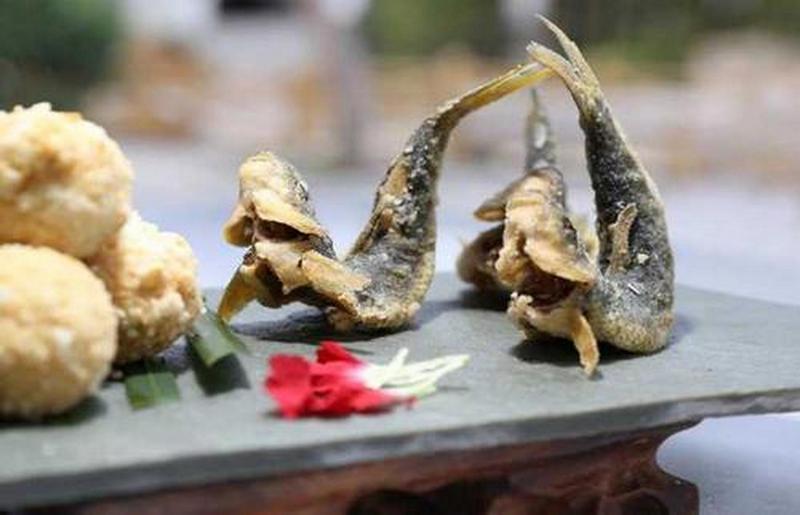1. Overview & Historical Background
Yanmazhuang Beef (演马庄牛肉), a beloved signature dish of Tai’an, Shandong Province, is deeply rooted in the region’s rural heritage and culinary traditions. Hailing from Yanmazhuang Village—located on the foothills of Mount Tai—this tender, flavorful beef has been a staple of local cuisine for over 300 years. Its name derives from the village’s historical role as a training ground for military “warriors” (演马, yanma meaning “drill horses” or “military drills”) during the Qing Dynasty (1644–1912). Legend has it that soldiers and officers, exhausted from training, would gather at local inns to feast on slow-cooked beef, which soon became known for its ability to “replenish strength and lift spirits.” Over time, this humble village dish evolved into a celebrated symbol of Tai’an’s agrarian culture.
2. The Star Ingredient: Locally Raised Yellow Cattle
Yanmazhuang Beef’s distinct quality starts with its raw material: yellow cattle (黄牛), a hardy breed native to the mountainous regions of Tai’an. These cattle are raised on a diet of mountain grasses, corn, and sweet potatoes, and allowed to graze freely, resulting in lean, well-marbled meat with minimal fat. Farmers in Yanmazhuang adhere to traditional breeding practices, refusing growth hormones or antibiotics, ensuring the beef retains its natural purity. Only cattle aged 2–3 years (weighing 400–500 kg) are selected, as this age yields optimal tenderness and flavor.
3. Traditional Cooking Method
What sets Yanmazhuang Beef apart is its ”three-step slow-cooking” technique, passed down through generations of local butchers and chefs:
- Step 1: Preparation
Freshly slaughtered cattle are butchered into prime cuts (e.g., beef shank, brisket, or flank). The meat is first blanched in boiling water for 10 minutes to remove blood foam and impurities, then rinsed with cold water to tighten the fibers. - Step 2: Marination
The beef is marinated overnight in a secret blend of spices: star anise, cinnamon, clove, Sichuan peppercorns, ginger, garlic, and rock sugar. This step not only eliminates any remaining “gamey” notes but also infuses the meat with a subtle, aromatic sweetness. - Step 3: Slow Braising
The marinated beef is simmered in a large clay pot with 100-year-old “ancestral broth” (老汤, laotang)—a time-honored stock made from boiling beef bones, cartilage, and dried chili peppers for decades. The broth is kept at a gentle simmer (85–90°C / 185–194°F) for 6–8 hours, allowing the collagen to break down into gelatin, resulting in meat that is “fall-off-the-bone tender” yet retains its shape. After braising, the beef is left to cool in its own juices, further enhancing moisture and flavor.
4. Flavors & Unique Features
- Texture: The meat is firm yet melt-in-your-mouth, with a slight chew that gives way to juiciness—never dry or stringy.
- Flavor Profile: Complex and layered, with notes of sweet (from the cattle’s grass-fed diet), savory (from the spice blend), and umami (from the century-old broth). There is no harsh “beefy” aftertaste, thanks to the meticulous preparation.
- Cultural Identity: For Yanmazhuang villagers, beef is more than food—it’s a symbol of hospitality. Families often serve it during festivals (e.g., Spring Festival) or to honor guests, paired with local Mount Tai green tea or homemade steamed buns.
5. Price Range
In Yanmazhuang’s family-run eateries or farmstays, Yanmazhuang Beef is priced by weight:
- Beef shank (most popular): ¥60–¥80 per 500g (≈8–8–11 USD).
- Brisket or flank: ¥50–¥70 per 500g (≈7–7–10 USD).
- Specialty cuts (e.g., bone-in ribs): Up to ¥100 per 500g (≈$14 USD).
High-end restaurants in downtown Tai’an may charge a 20–30% premium, but villagers insist the best flavors come from small-batch, home-cooked preparations.
